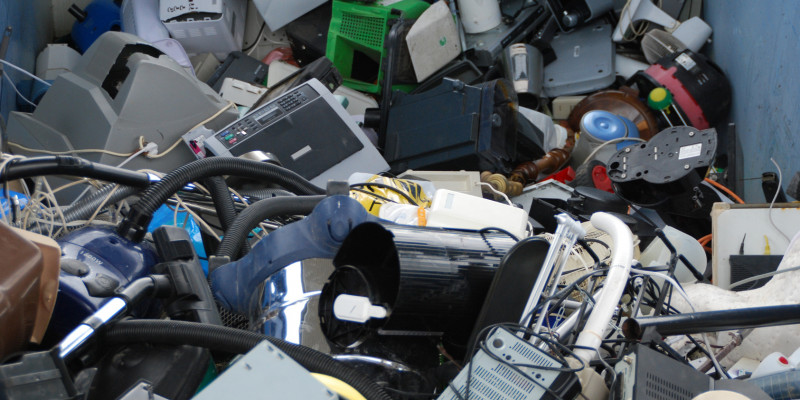
How to Complete Your WEEE Registration for Electrical Products
The Waste Electrical and Electronic Equipment (WEEE) regulations aim to reduce the amount of electronic waste produced and ensure that it is properly recycled. For manufacturers and distributors of electrical products, WEEE registration is a legal requirement across the European Union. Completing this registration process not only ensures compliance with environmental laws but also promotes responsible e-waste management.
For those seeking assistance, WEEE registration can be streamlined through professional services, helping businesses meet their obligations efficiently.
1. Understanding WEEE Registration
WEEE registration involves registering your business with the relevant national authorities to ensure that you are compliant with the WEEE Directive. This registration process applies to any company that manufactures, imports, distributes, or sells electrical and electronic equipment (EEE) within the EU. The purpose of registration is to track the flow of EEE products and ensure that they are disposed of in an environmentally friendly manner at the end of their lifecycle.
By completing WEEE registration, businesses demonstrate their commitment to reducing their environmental impact and complying with European regulations.
2. Steps to Completing Your WEEE Registration
The process of completing WEEE registration typically involves several steps:
- Identify the correct category: Electrical and electronic equipment is classified into different categories under the WEEE Directive. It’s essential to correctly identify the category your products fall into.
- Submit the application: Depending on your country, the application must be submitted to the national environmental authority responsible for enforcing WEEE regulations.
- Provide accurate data: You’ll be required to submit data on the volume of EEE your business places on the market annually. This data is used to calculate recycling and recovery targets.
- Pay registration fees: Most countries charge registration fees based on the amount of EEE placed on the market.
By partnering with professionals, such as Circular Compliance, you can ensure that every step of your WEEE registration is handled properly and efficiently.
3. Ensuring Compliance
Once registered, businesses are required to regularly report their EEE data and contribute to national recycling programs. Failure to comply with WEEE registration requirements can result in penalties and fines. Ongoing compliance is key to maintaining your registration and fulfilling your environmental responsibilities.
Conclusion
WEEE registration is a crucial part of ensuring that electronic waste is managed responsibly. By following the correct steps and working with experts like WEEE registration services, businesses can meet their legal obligations and support a sustainable future.
